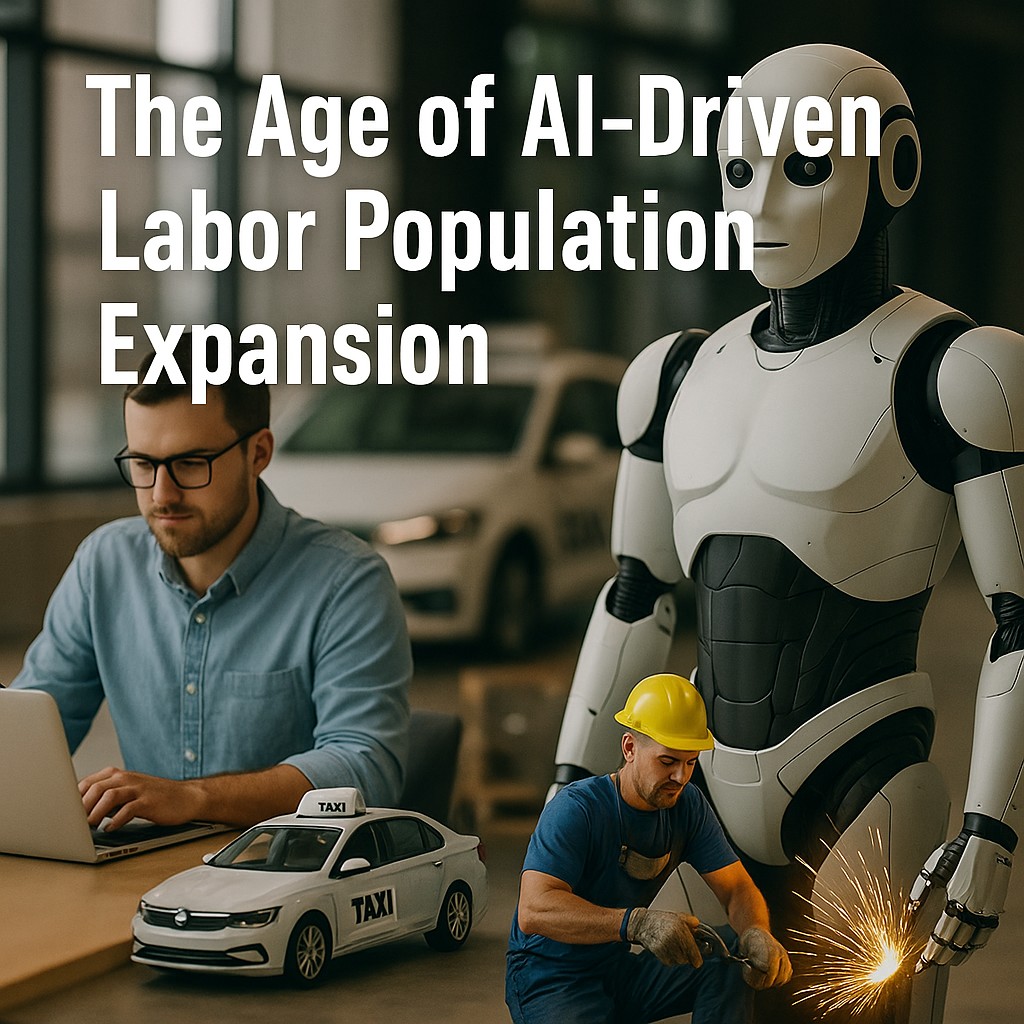As I use AI tools like GPT and Grok in my daily routine, I’m continually amazed by the speed at which AI technology is advancing. Nowhere is this transformation more visible than in the United States. Under its second Trump administration, the U.S. is undergoing significant structural shifts — with drastic reductions in government staff, rapid integration of AI into public agencies, and accelerated adoption of AI in the education sector. At the same time, immigration policies are becoming markedly stricter.
These changes seem to reflect a new reality: AI is driving an unprecedented expansion in the effective labor force. The Trump administration appears to be moving quickly to adapt to this monumental shift.
And the impact isn’t limited to office workers. In 2025, the rise of physical AI — like robotaxis and Tesla’s humanoid robot “Optimus” — is beginning to dramatically boost the productivity and capacity of blue-collar labor as well.
As AI adoption spreads, we’re also witnessing a major shift in the types of talent that are in demand. In Japan’s stock market, significant crashes occurred during the SQ (Special Quotation) weeks of August 2024 and April 2025. With AI engaging in fast, uninhibited trading, the gap between those who made large profits and those who incurred heavy losses has become increasingly apparent. This dynamic is likely to trigger a shake-up among key players — not only in financial markets but across broader industries as well.


コメントを残す